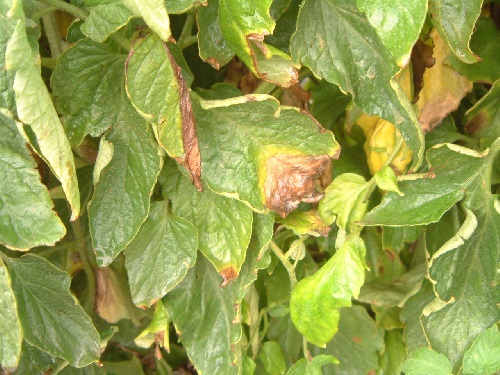Why Soil Health Should Matter To You
As growers, even those of you who rely exclusively on hydroponic or artificial growing media, you certainly know the importance of healthy natural soils. That doesn’t mean you may not sometimes struggle with soil health challenges including soil erosion, soil fertility management, declining soil organic matter, soilborne pests and diseases, soil structure and tilth, soil water holding capacity, and other issues.

As a career soil and water conservation professional, I was thrilled to learn the 68th United Nations General Assembly declared 2015 the International Year of Soils. The goal of this global initiative is “to increase awareness and understanding of the importance of soil for food security and essential ecosystem functions.”
This goal is not an abstract concept for those of you whose livelihood depends on your interactions with soil, but they do represent fairly high-level principles and ideals. For most growers and conservationists, this means actively promoting and managing soil health.
Defining Soil Health
Soil health is a major emphasis of the USDA Natural Resources Conservation Service (NRCS). At NRCS we define soil health, sometimes referred to as soil quality, as “the continued capacity of soil to function as a vital, living ecosystem that sustains plants, animals, and humans.”
As a living, dynamic, extraordinarily complex system, soil also supplies ecosystem services including providing nutrients for plant growth, absorbing and storing rainwater (or irrigation water) for use during drier times, supporting agricultural activities, and providing habitat for macro-and microflora/fauna to flourish and diversify.
Soil performs five essential functions:
- Regulates water movement;
- Sustains plant and animal life;
- Filters and buffers potential pollutants;
- Cycles nutrients; and
- Provides physical stability and support.
Soil Conservation Methods
There are many measures that individually and in combination can have significant impacts on soil health, sustainability, and agricultural productivity. These include:
- Cover crops and mulching;
- Nutrient management;
- Pest management;
- Conservation buffers; and
- Conservation tillage.
These core conservation measures, along with careful irrigation water management can help your operation sustainably maintain and improve productivity and promote optimal soil functions.
The key to soil health is optimizing soil biodiversity by minimizing biological, chemical, and physical disturbances that result in extended periods of bare and/or compacted soil, and which disrupt the soil ecosystem. Soil health relies on a few very simple concepts:
- Disturbing the soil less;
- Using plant diversity to diversify soil biota;
- Keeping a living root system growing throughout as much of the year as possible; and
- Keeping the soil covered as much as possible.
Farms that incorporate these practices and concepts are proving that soil health also means healthy profits and a sustainable future for their operations. For additional information, visit your local NRCS and Cooperative Extension staff who can offer technical support with soil health assessment tools, financial support for conservation plan development (irrigation water management, nutrient management, pest management, etc.), and soil health and conservation practice implementation.
In this International Year of Soils, we are all encouraged to pay more attention to the health of the “skin of the earth” and to our human interactions with this most fundamental natural resource. For a list of NRCS services in your state, visit nrcs.usda.gov/wps/portal/nrcs/sitenav/national/states/.










